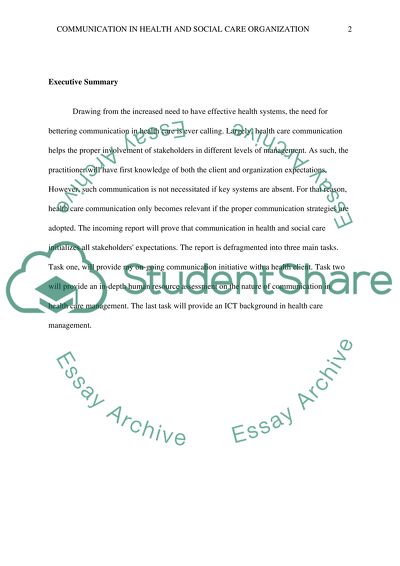Cite this document
(“Communication in health and social care organization Assignment”, n.d.)
Communication in health and social care organization Assignment. Retrieved from https://studentshare.org/sociology/1695055-communication-in-health-and-social-care-organization
Communication in health and social care organization Assignment. Retrieved from https://studentshare.org/sociology/1695055-communication-in-health-and-social-care-organization
(Communication in Health and Social Care Organization Assignment)
Communication in Health and Social Care Organization Assignment. https://studentshare.org/sociology/1695055-communication-in-health-and-social-care-organization.
Communication in Health and Social Care Organization Assignment. https://studentshare.org/sociology/1695055-communication-in-health-and-social-care-organization.
“Communication in Health and Social Care Organization Assignment”, n.d. https://studentshare.org/sociology/1695055-communication-in-health-and-social-care-organization.


